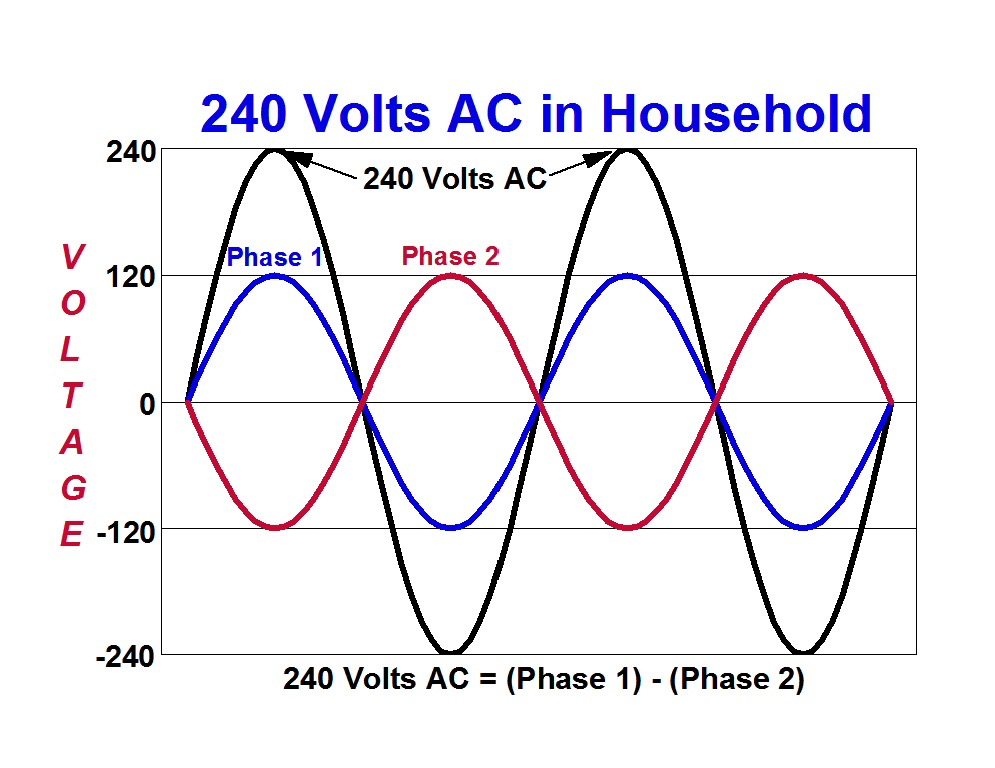If, however, you probe L1-N and then N-L2, then you would consider the two to be in phase, correct? Keeping one probe on the center tap is a measurement choice, just as grounding that point is a design choice.
Technically speaking, because of the choice to ground the center tap, and the choicer to use the center tap as your reference (grounded probe), you're inverting the probes ads you apply them to the terminals.
If you were scoping a pair of batteries, would you keep the grounded probe on the center point between them, or move both probes, keeping the polarity consistent, with the grounded probe toward negative?
I will agree that, if I were scoping a dual-polarity DC power supply, I would keep the grounded probe on the grounded center-tap, but I would acknowledge that I'm seeing an expected polarity difference.





